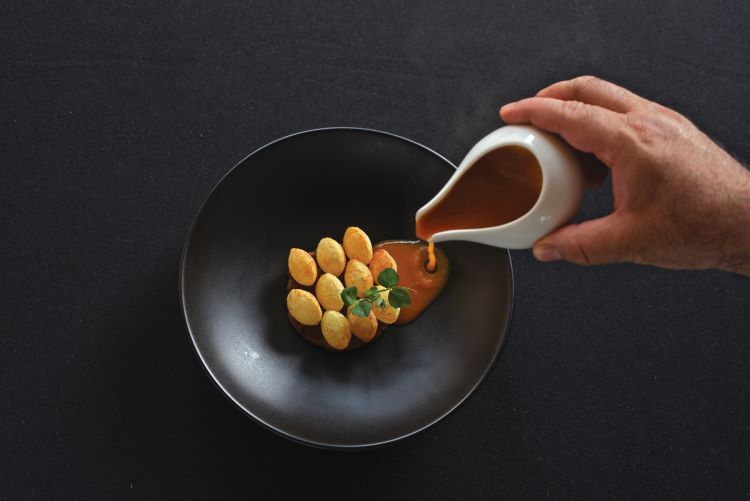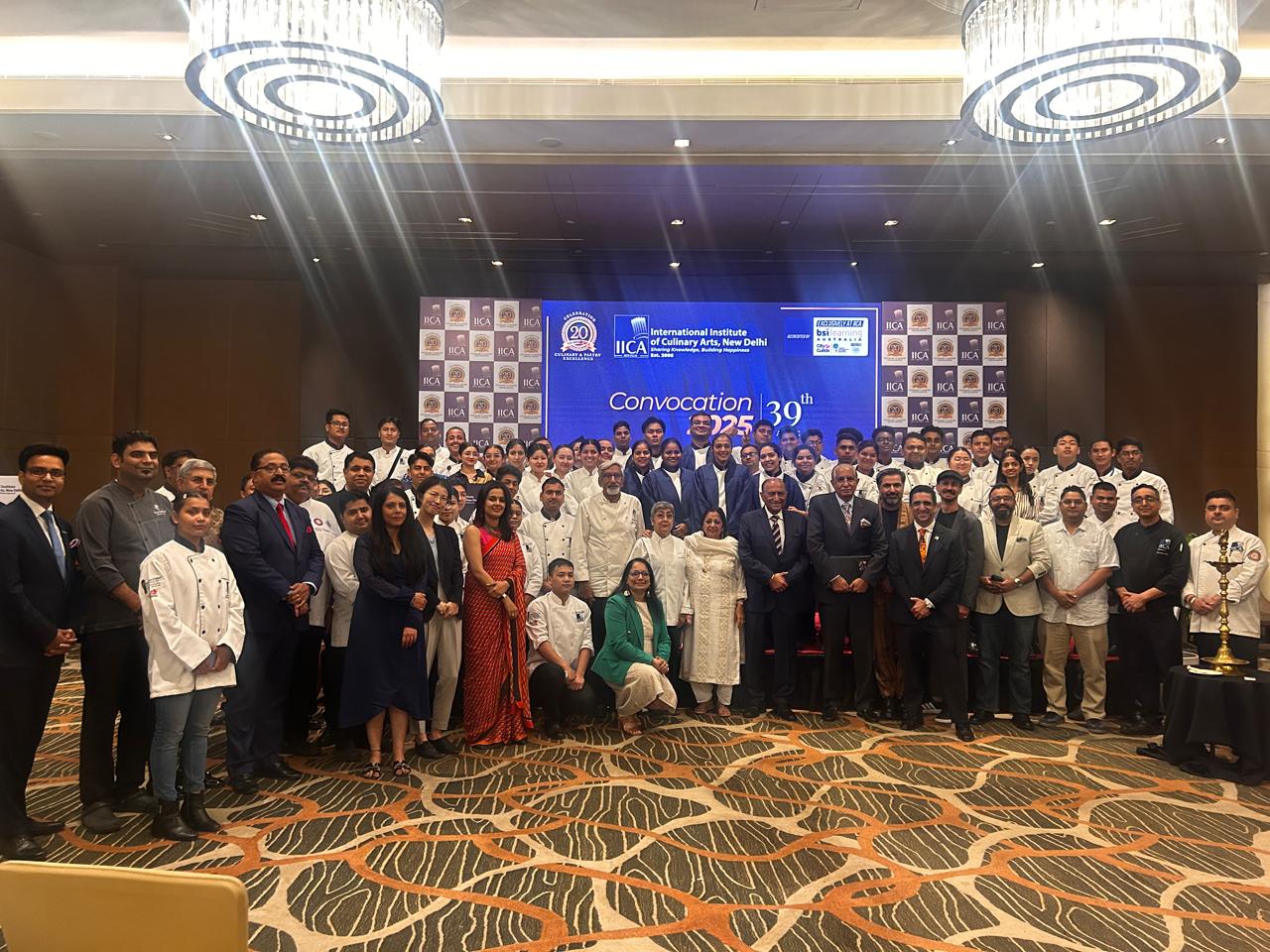What role does food plating play in elevating the overall dining experience and does it help win the loyalty of diners? We delve into the importance of this artful strategy…
Lipla Negi
How your food arrives on your table says a lot about the place and the chef. In the culinary world, food plating is considered equivalent to an art, where skill meets strategy. In a world where restaurants are competing on a global scale, chefs are constantly exploring ways to plate their food in an awe-inspiring way. Experimenting with varied textures and temperatures, food plating finds new interpretations and significance in the age of social media. But how much does this artful skill contribute to building the reputation of a restaurant? Does it also help in gaining a legion of patrons? And how do chefs balance taste and technique while plating for perfection?
Food plating vs. styling
According to Manish Mehrotra, Culinary Director, Indian Accent restaurant, people often confuse food plating with food styling. While styling is done for the camera inside the four walls of a studio, plating is done for consumption at restaurants. He explained, “Food styling is done by food stylists who are not necessarily chefs, while food plating is done at restaurants by chefs who have prepared that dish right from scratch. Often, food styling involves the use of artificial materials to enhance the appearance of the food and make it look more appetising on camera. For instance, shaving foam is used instead of real ice cream, or shoe polish is brushed over the cooked food to give it a very charred effect. Whereas, in food plating, all the ingredients used are edible.”
Taste, texture and temperature can make or break a dish and its presentation. Underlining the fine nuances of the art of food plating, Mehrotra said, “While plating, one should not waste so much time that the dish becomes cold. Texture is important and people should feel it in their mouths. Next comes the colour of the ingredients, and which should complement each other. So, no dark on dark or white on white.” Talking about the key principles of food presentation, Apoorva Kunte, Executive Chef, The Westin Melbourne, said, “One of the key principles with food styling will always be to keep it simple, fresh and real. The eye needs a focal point on a plate. If the styling includes multiple focal points, then this confuses the brain and gives the perception of a crowded plate.”
Taste meets technique
Have you ever wondered why upscale restaurants have bigger plates serving smaller portions of food? No, it is not about exotic ingredients arriving on almost life-size plates in a luxury dining setting! The secret lies in layering the ingredients in a way that the dish appeals to all your senses. Explained Kunte, “Food looks better when it is served in smaller portions as opposed to a piled up plate. The size of the plates used to serve the food plays a very important role in luxury styling. Gone are the days when plates needed to look big and full when served. Understanding portion sizes and flavour pairings helps achieve the perfect-styled plate.”
To attain a balance of taste and texture, chefs rely on an array of tools. “The tweezers, spray bottles, brushes and kitchen torches are necessary equipment for food plating since they allow for fine placement, the addition of gloss, the application of finishes and controlled charring. Ingredients are shaped by pastry rings and moulds and aesthetics are enhanced by backgrounds and utensils. Zesters and other garnishing implements add decorative touches,” explained Rajnish Malkoti, Executive Chef, Welcomhotel By ITC Hotels Shimla. However, Mehrotra feels that one does not need too many tools to elevate the appearance of a dish. It is out-of-the-box thinking that makes any dish stand out. “At Indian Accent, we serve the famed Old Delhi street chat, daulat ki chat, in currency notes. The idea and its representation should make sense. It should not be over-the-top or gimmicky. Flavour and temperature of the dish are supreme.”
A luxury experience
Food plating is often intertwined with a luxury dining experience. Kunte stated, “A luxury dining experience starts with styling that pleases the eye. It does not always involve using expensive ingredients or high-end produce. It involves elements such as freshness of ingredients, layering and perfect portioning.”
When plating is woven with storytelling, a one-of-a-kind experience is evoked. According to Malkoti, storytelling through plating helps cement a stronger bond with diners and often results in repeat customers. He explained, “Each carefully created dish conveys a narrative about the ingredients, the chef’s creativity and the culinary tradition. By enhancing the dining experience with a narrative element, restaurants help their customers develop stronger bonds with the dishes they are enjoying. Luxury dining is known for its attention to detail, and food plating is a prime example of this dedication to excellence. Every component of the dish, from the arrangement of the microgreens to the accuracy of the sauce drizzles, is carefully designed to produce a harmonious plate.” At this point, Mehrotra is quick to point out, “Taste is non-negotiable. So, everything else must match it. People come back for taste and not for plating.” So, a good presentation may give people a selfie moment, but eventually, it is taste that rules the roost.
“Food looks better when it is served in smaller portions as opposed to a piled-up plate”
Apoorva Kunte, Executive Chef, The Westin Melbourne
“The idea & its representation should make sense. It should not be over the top or gimmicky”
Manish Mehrotra, Culinary Director, Indian Accent Restaurants
“Each carefully created dish conveys a narrative about ingredients, chef’s creativity & culinary tradition”
Rajnish Malkoti, Executive Chef, Welcomhotel By ITC Hotels Shimla










